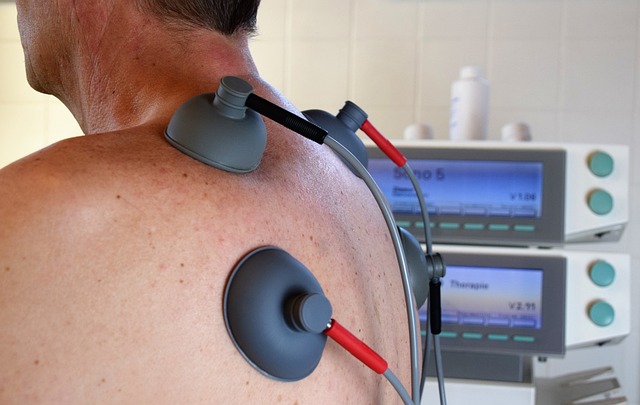Wearables – especially those used for medical purposes – are becoming increasingly prominent, but so too are the security and privacy risks associated with them.
According to Fortune Business Insights, the global wearable medical device market, which stood at $29.76 billion in 2019, is expected to mushroom to $195 billion by 2027, a staggering compound annual growth rate (CAGR) of 26.4 percent. Wearable tech as a whole – whether for medical purposes or otherwise – is expected to become a $265 billion industry by 2026.
Medical wearables can provide a wealth of user data, including blood pressure, heart rate, respiration rate, activity rate, blood oxygen level and energy expenditure, but that data is increasingly at risk, especially when it is being transferred to a healthcare organization. Kaspersky Labs, a Russia-based cybersecurity and anti-virus provider, reported on Feb. 1, 2022 that the previous year it had discovered 33 vulnerabilities in a data-transfer protocol known as MQTT, the most popular one of its kind.
That’s 10 more vulnerabilities than in 2020, and over one-third of those that have been found since 2014.
Much of that increase can be traced to the rise of innovation during the pandemic. But as Nate Warfield, CTO of the cybersecurity firm Prevailion, wrote for the website Threatpost in July 2021, it should not be expected that security and privacy threats will abate once the outbreak passes.
In fact, he called it “a full-blown crisis” and added:
Healthcare is a critical sector to any country and keeping it safe from malicious activity is only possible through joint efforts by both the public and private sectors. Advanced defensive tools need to be more accessible to the healthcare sector, information sharing across organizations must be encouraged, and collaboration across all sectors to help defend these life-saving industries should be the norm, not the exception.
The Kaspersky report also mentioned the need for enhanced security. Certainly blockchain can provide it. A secure, decentralized, immutable ledger most often associated with cryptocurrencies, blockchain has been found to have far wider application. In this case, information can be recorded onto a blockchain. It is tamper-proof, and because of its heavy encryption can be safely shared with multiple parties.
These possibilities have been explored as far back as 2018. That year, the New Jersey-based technology company Hu-manity.com made IBM Blockchain the platform that would enable the company to help users “control and manage consent, authorization and commercial use of their personal information via a permissioned blockchain-based data marketplace,” according to a news release.
Then, in 2021, a Dutch company called Health Blocks developed a method for not only storing and securing health data, but also one by which they could incentivize users toward reaching different wellness goals. If a user walks a certain number of steps per day, for instance, tokens are sent to that person’s profile.
In addition, MDS Mexico made it possible to verify COVID-19 test results by using blockchain and cryptographic signatures.
The conclusion that can be reached, then, is that blockchain can provide real value in the area of data storage, security and transfer, but that its full potential has yet to be explored. All signs point to that changing dramatically in the years ahead, however.







